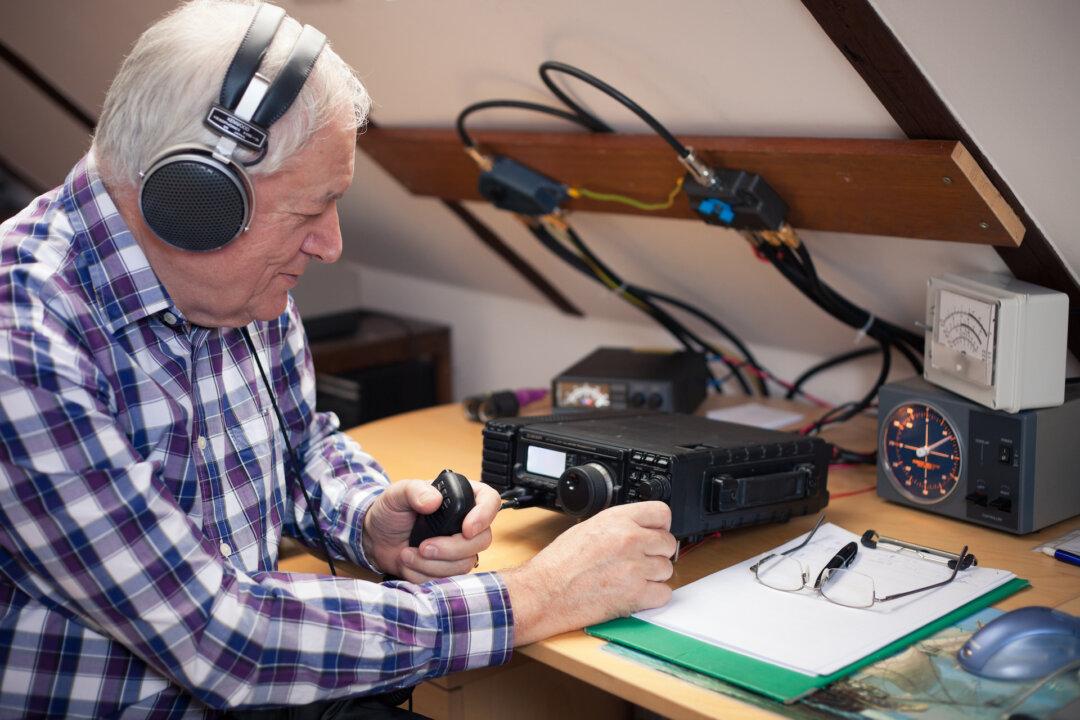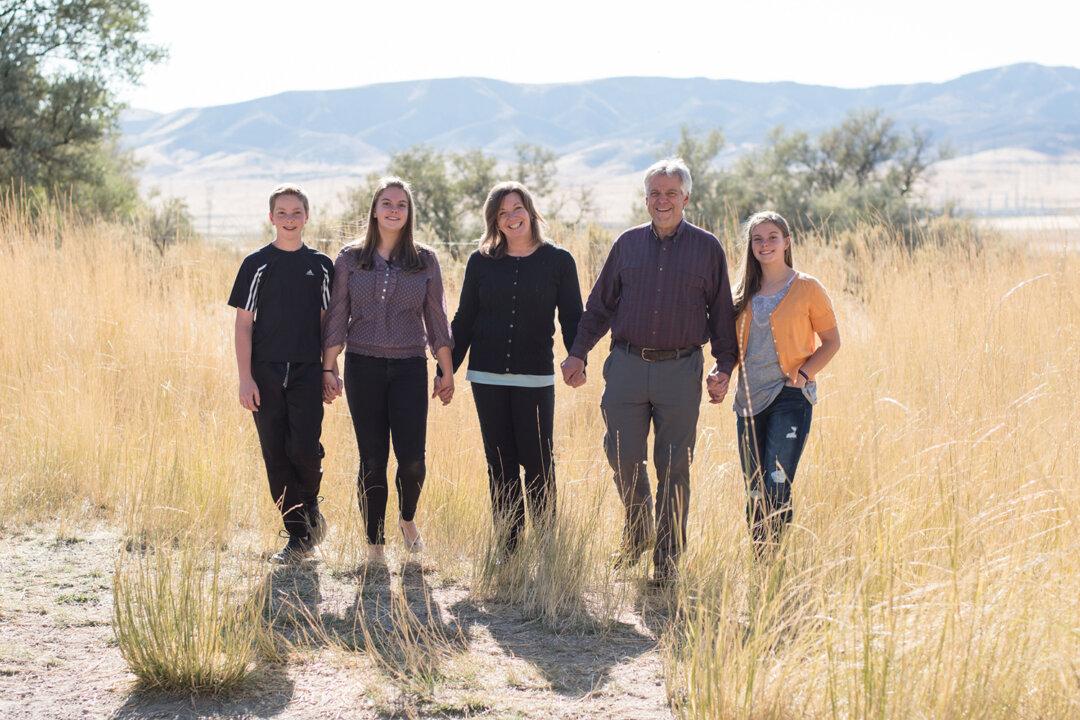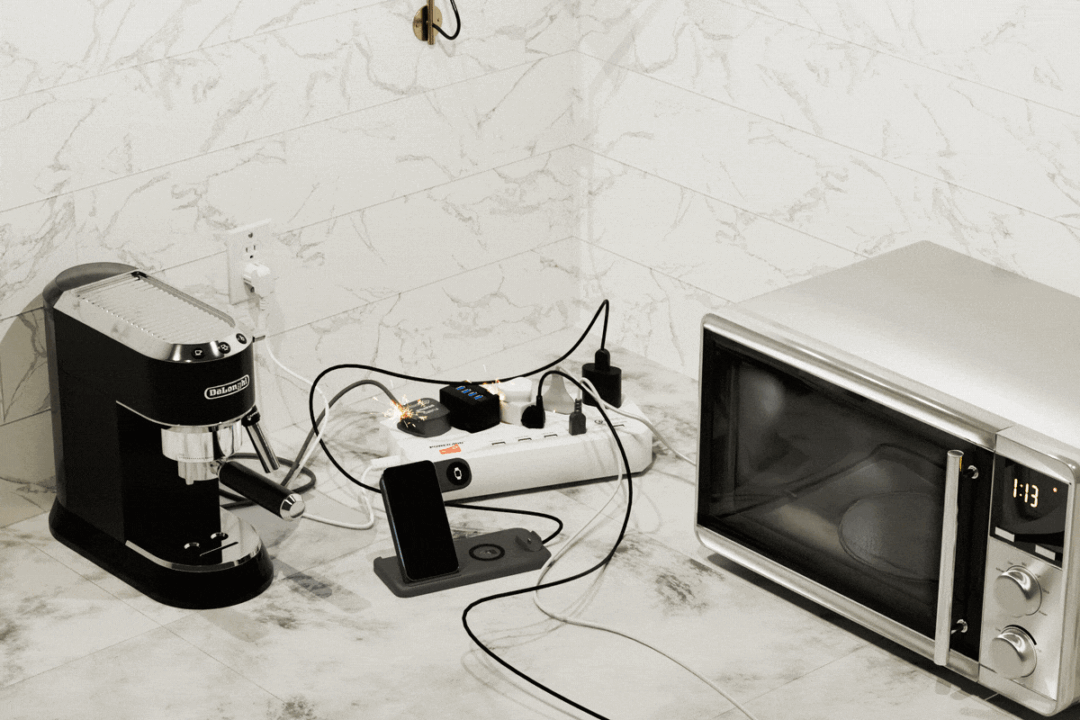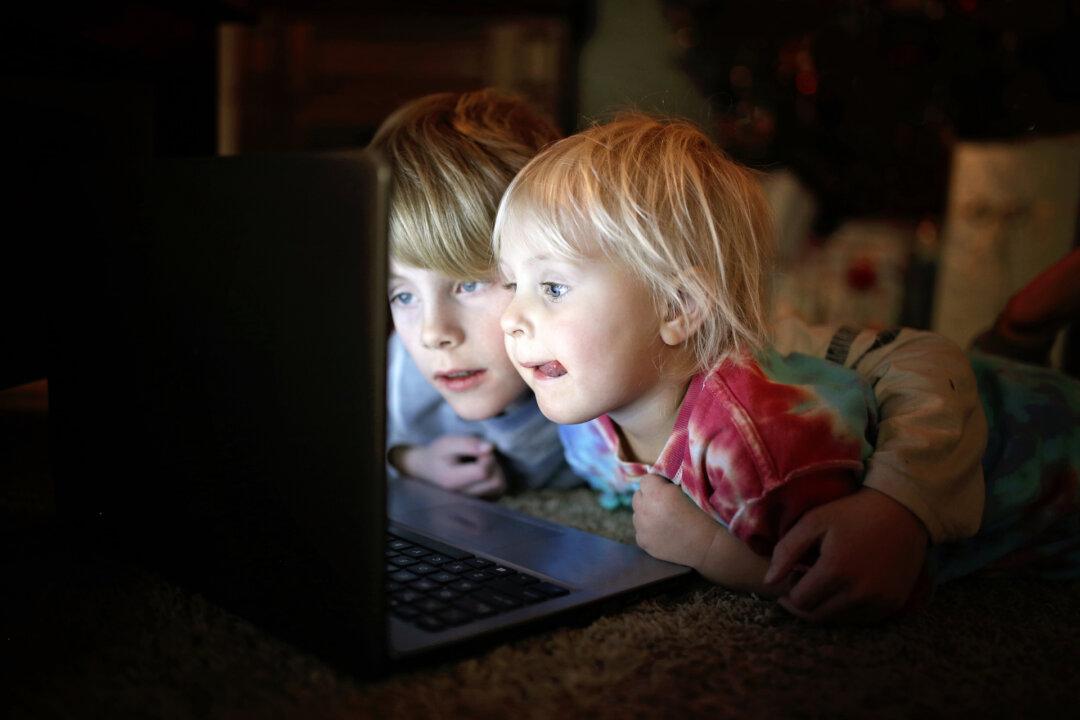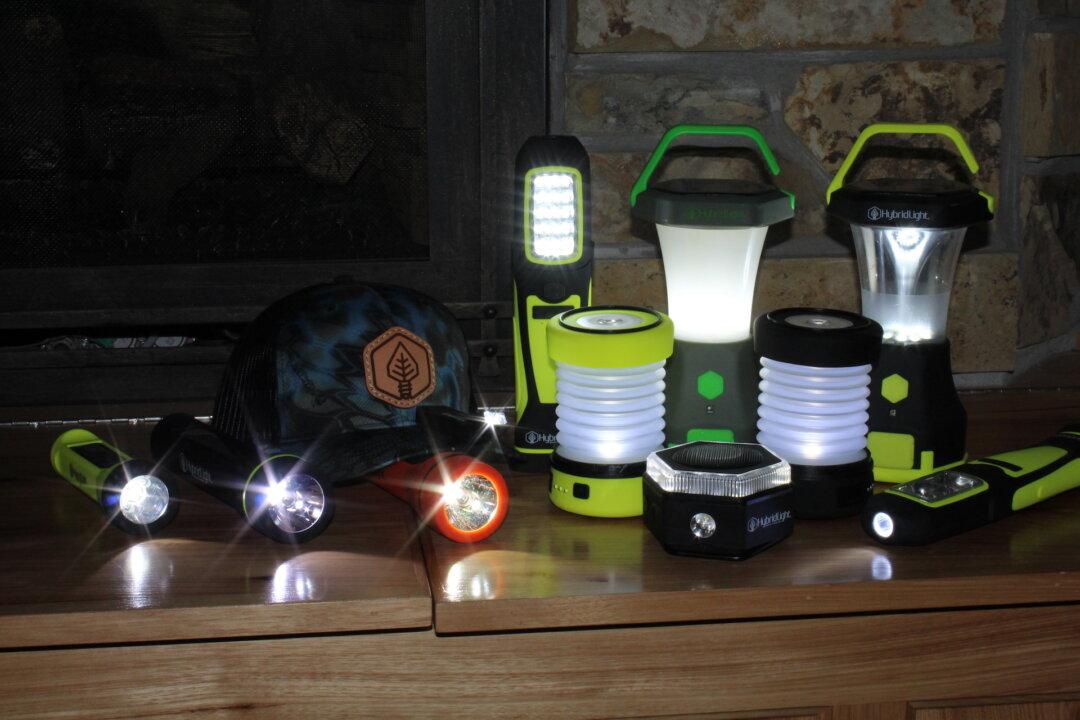We may earn a commission from qualifying purchases, which supports truthful and independent journalism.
Because cellphone towers and internet connections are vulnerable to disruption by disasters natural or otherwise, it’s a good idea to have alternative ways to stay in touch during emergencies.Two-way radios are a great option. These radios are a far cry from the single-channel walkie-talkies used by kids. Some two-way radios can be used right out of the box, while others require varying levels of training and licensing. Family Radio Service (FRS) and Citizens Band (CB) radios are good starting points because they don’t require a license to operate.

